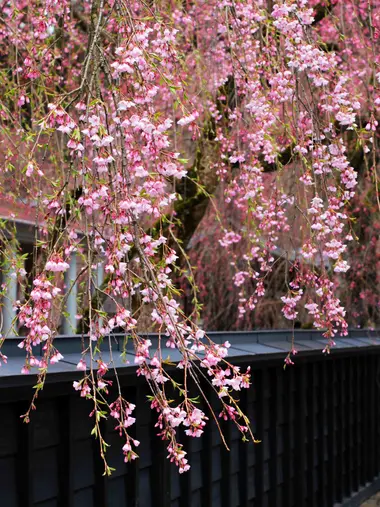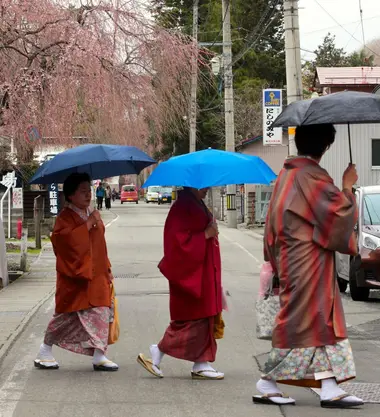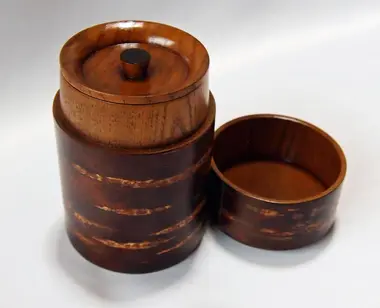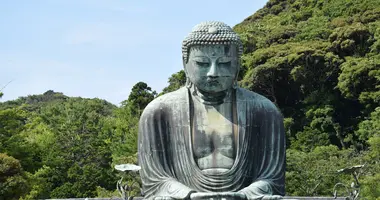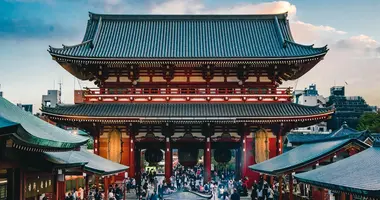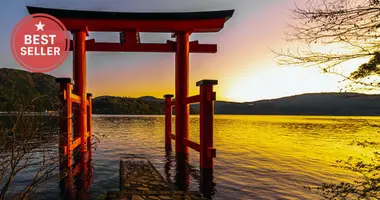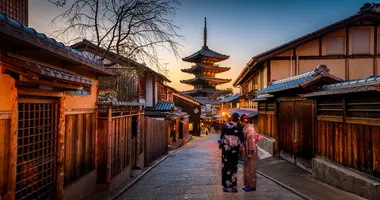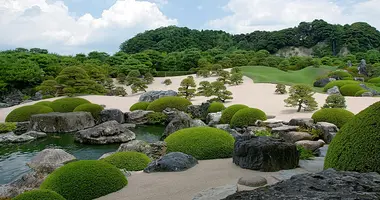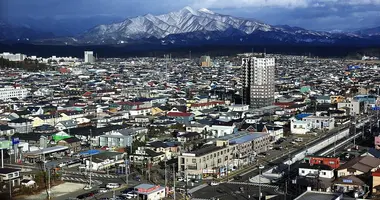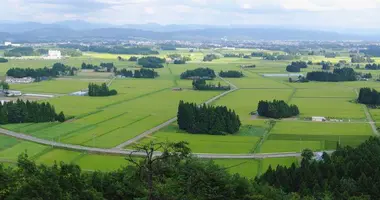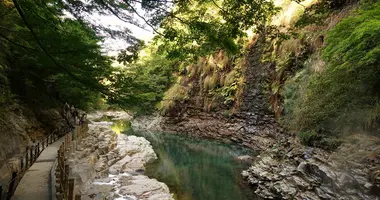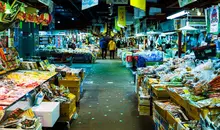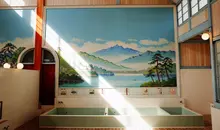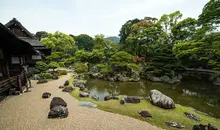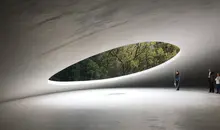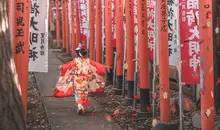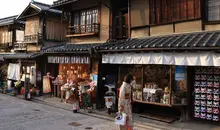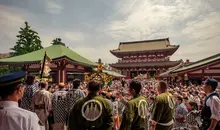Kakunodate 角館
- Publié le : 10/10/2019
- Par : J.L.
- Youtube
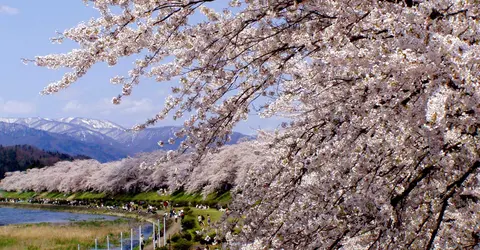
Le tunnel de Sakura au bord de la rivière
Office du tourisme de Kakunodate
La petite Kyoto du nord du Japon
Dans cette cité du nord du Tohoku, à chaque printemps fleurissent des branches de cerisiers sur fond de palissades noires cachant de secrètes demeures. Découvrez l’histoire du Japon féodal en parcourant les ruelles bordées de maisons traditionnelles en bois des magnifiques quartiers samouraï et commerçant de la ville de Kakunodate, qui comptent parmi les mieux préservés du Japon.
Immersion dans le Japon féodal
Dans le nord de l'île principale, Honshû, se niche Kakunodate, surnommée "la petite Kyoto du Tohoku", pourtant tout à fait accessible grâce à la ligne Akita du Shinkansen.
D’anciennes maisons de samouraïs sont conservées et habitées depuis l’époque Edo (1603-1868). Elles n’ont pas été influencées par l’occidentalisation voulue durant l'ère Meiji (1868-1912).
- À lire aussi : Sur les traces des samouraïs
Elle a donc gardé la même allure depuis 400 ans, ses ruelles tranquilles, son quartier résidentiel au charme mystérieux. En 1620, le Daimyô (gouverneur féodal du XIIème au XIXème siècle) Ashina ordonne de construire une citadelle au nord de la plaine de Senboku, un lieu entouré de montagnes, idéal pour rester protégé. Pourtant en 1656, la famille Satake prend les rênes de la citadelle pour ne plus les lâcher durant 200 ans.
Un bienfait car Kakunodate connaitra une grande prospérité, devenant le centre politique, économique et culturel de la région du Senboku.
Samouraïs d’une autre Kyoto
Tomachi, à l’époque habité par les commerçants et les artisans, est aujourd’hui un quartier qui mélange modernité et nostalgie.
Ici la dégustation des spécialités locales s’impose : kiritanpo (pâte de riz grillée), la glace au shôyu (sauce soja) et le saké issu des sources pures des montagnes environnantes.
- À lire aussi : Le soja dans la cuisine japonaise
Des artisans fabriquent également des objets d’art en écorce de cerisier, ou kaba zaiku (voir photo).
Uchimachi est le quartier des maisons de samouraïs, que vous pouvez visiter pour connaître leur vie si secrète. Elles sont toujours jalousement gardées par leurs descendants.
Venez admirez les grands cerisiers en fleurs (shidare zakura) en mai. L’histoire raconte que trois arbres ont été apportés de Kyoto par une femme promise à un samouraï de Kakunodate, pour les planter dans son jardin et se souvenir ainsi de sa ville natale.
Ne vous étonnez pas de découvrir une ville coupée en deux par une grande place appelée Hiyoke. C’est une nécessité depuis longtemps pour protéger des incendies les quartiers de maisons en bois des commerçants et des samouraïs.
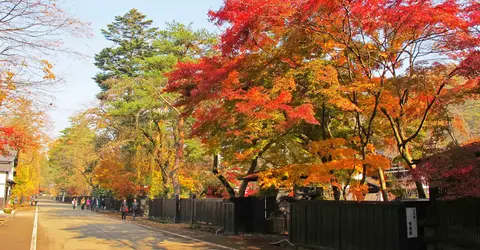
Quartier d'Uchimachi, maisons de samouraïs à Kakunodate
wikimedia Commons
Au bord de la rivière Hinokinai, un long tunnel de cerisiers, ou somei yoshino, s’étend sur plus de deux kilomètres depuis 1934. Il ont été plantés pour fêter la naissance de l’empereur du Japon actuel Akihito. Début mai, sous les branches de cerisiers aux fleurs roses, les bords de la rivière s’animent pour un émerveillement total.
Pour profiter de tout cela, vous pouvez louer un vélo, il y a plusieurs magasins devant la station JR. Mais vous pouvez également faire une balade romantique, tout à fait appropriée dans un tel lieu, au moyen d’un jinrikisha, pour vous plonger dans l’ambiance d’une ancienne époque.
Adresse - Horaires - Accès
Adresse
Phone
+81 (0)817-54-2700Horaires
Station JR Kakunodate, Akita Shinkansen (3h14 de Tokyo)Site Internet
http://kakunodate-kanko.jp/
